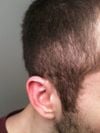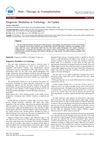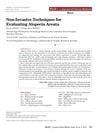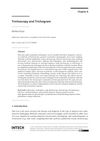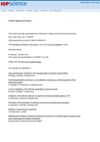Imaging Tools for Noninvasive Hair Assessment
July 2023
in “
Cutis
”
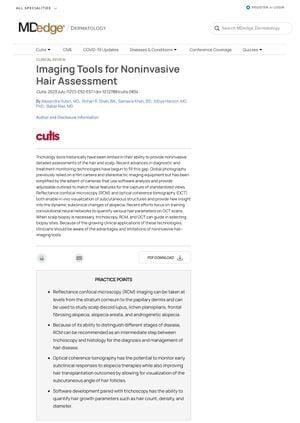
TLDR New imaging tools help doctors better examine hair and scalp health without surgery.
The document discusses the advancements in noninvasive hair imaging tools, including global photography, trichoscopy, reflectance confocal microscopy (RCM), and optical coherence tomography (OCT). These tools have improved the ability to assess hair and scalp conditions in detail. Global photography, simplified by software analysis and adjustable outlines for standardized views, allows for the analysis of hair growth, volume, distribution, and density. RCM and OCT enable in vivo visualization of subcutaneous structures, providing new insights into the dynamic subclinical changes of alopecia. RCM can be used to study various hair diseases and can distinguish different stages of disease, making it a recommended intermediate step between trichoscopy and histology for diagnosis and management. OCT has the potential to monitor early subclinical responses to alopecia therapies and improve hair transplantation outcomes. Software development paired with trichoscopy can quantify hair growth parameters such as hair count, density, and diameter. Clinicians should be aware of the advantages and limitations of these noninvasive hair-imaging tools.
